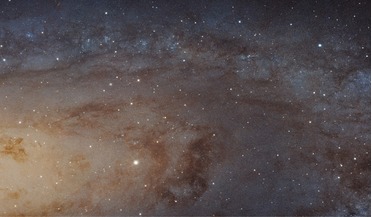 October 2016
The dwarf galaxy problem
October 2016
The dwarf galaxy problem
...means we can observe the Universe in hydrogen gas, and look for big clouds of gas with no stars in order to hunt for the... of these galaxies within the Virgo cluster. However, one big challenge when looking at galaxy clusters is determining how to tell...
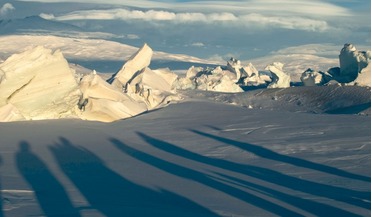 July 2017
Hunting for neutrinos in the ice of Antarctica
July 2017
Hunting for neutrinos in the ice of Antarctica
...cosmic microwave background, the ubiquitous background residual of the Big Bang, close to the phenomenon that emitted them. In... to build a Cherenkov light detector that will be big enough to measure interactions that only occur about once every...
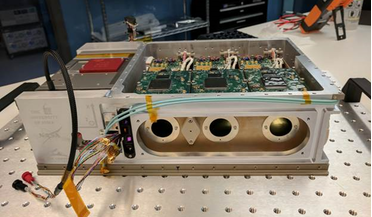 23 July 2018
Small box with big designs to find the missing matter in the Universe
23 July 2018
Small box with big designs to find the missing matter in the Universe
... oldest light in the universe that has been permeating space from around 400,000 after the big bang, scientists have calculated that ‘normal’ matter – protons, neutrons and other subatomic particles that make up all...
 February 2016
Nuclear Flashlamps in Space
February 2016
Nuclear Flashlamps in Space
...device and its surroundings, creating a rapidly expanding cloud of superhot radioactive plasma. In short: bright light, big bang, radioactive afterglow. Nuclear explosives have been considered for space propulsion of large objects. Spacecraft designs...
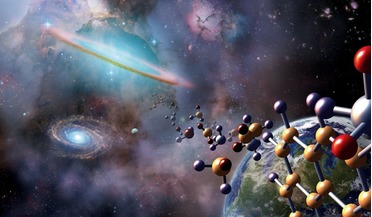 July 2020
Life in the universe – common or not?
July 2020
Life in the universe – common or not?
... within the currently understood age of the universe (from the Big Bang 13.8 billion years ago). This limit is referred to as ...interested in the whole of the Earth’s surface. So how big is the universe beyond the observable volume? Size matters This...
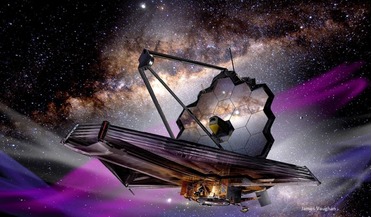 May 2022
Essential guide to the James Webb Space Telescope
May 2022
Essential guide to the James Webb Space Telescope
...to the strange Universe we inhabit. Ever since the Big Bang exploded the Universe into existence some 13.8 billion years ago...’ needed to be folded for launch as no rocket fairing was big enough to house the full mirror. Cosmic dust is the building ...